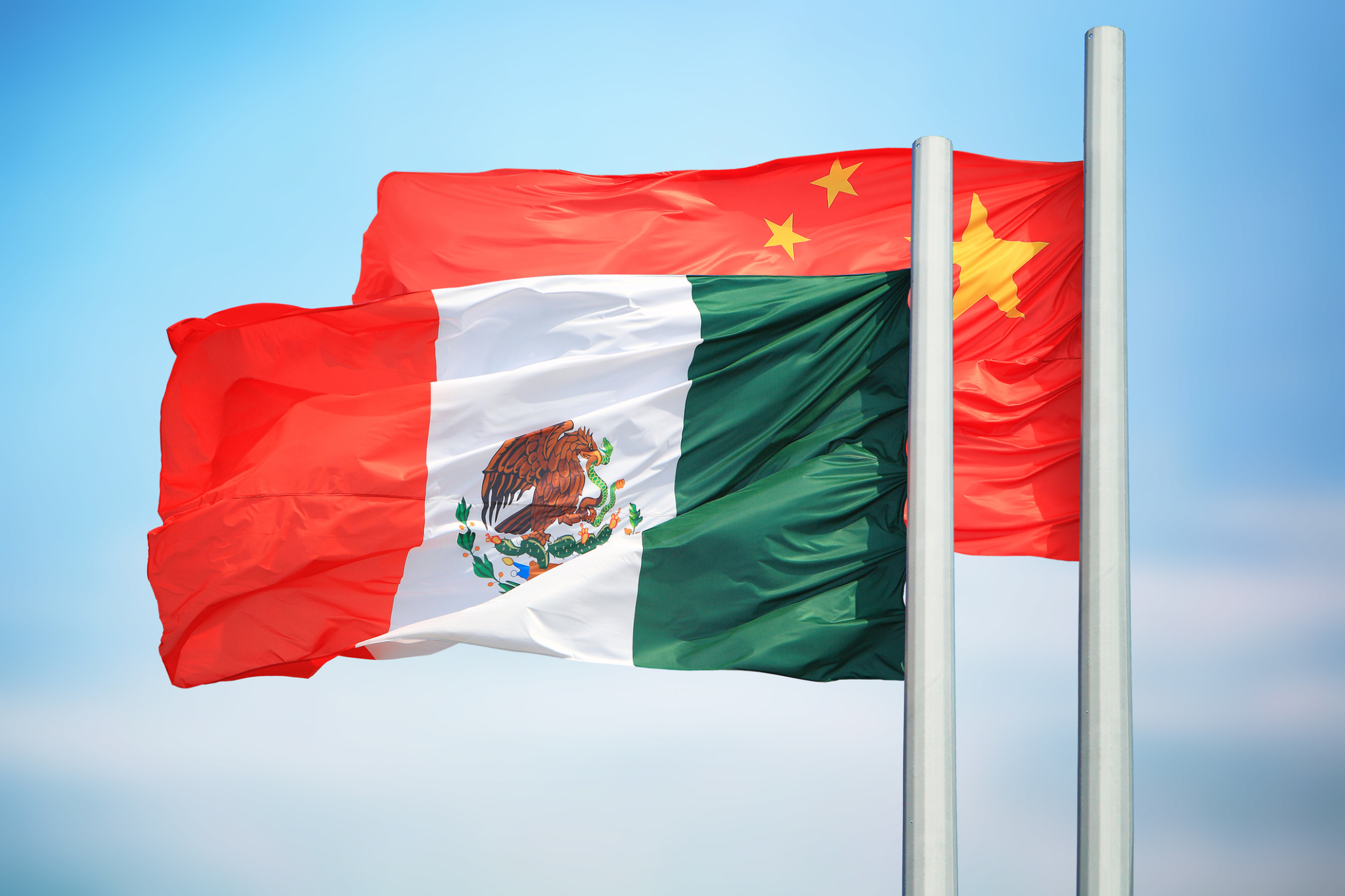
A new report from AAM describes policy recommendations to halt this import surge before it arrives.
Chinese automakers are surging into Mexico, building out large auto assembly plants to serve the Mexican market.
And no, “surging” is not hyperbole. Chinese foreign direct investment in Mexico increased by 126% between 2018 and 2022, according to an Economic Policy Institute analysis, and most of it is going into the auto sector.
This may come as a surprise to many in the United States, who rarely see Chinese-made vehicles on American roads and likely wouldn’t recognize one if they did. But the Chinese auto industry is booming elsewhere. After years of government subsidies and other forms of financial and regulatory support all along the auto supply chain, Chinese automakers are fully dominant in their home market. The country supplanted Japan to become the world’s leading auto exporter last year, and one of its champion companies, BYD, has surpassed Tesla in EV sales. Prioritizing the development of electric vehicles for decades has paid off; China is now positioned to command the global industry’s EV transition. And, flush with cash and with a production overcapacity of somewhere between 5 and 10 million vehicles per year, these state-backed and -owned auto companies are looking overseas for new customers. Thailand has new Chinese auto factories, as does India, Brazil and Hungary.
Mexican consumers like Chinese cars too. The country is the second-largest importer of them after Russia, according to El Pais. But vehicles made in Mexico are largely for export. And, not coincidentally, the United States is the principal export market for Mexican-made vehicles. The countries are members of the United States-Mexico-Canada Agreement (USMCA), the 2019 NAFTA rewrite that grants duty free status across the continent to vehicles made within it, provided they meet certain content and labor requirements.
With tariff-free access to the U.S. market via the USMCA, the Chinese automakers building factories in Mexico are planning to boom here too. And while a nifty little brand new EV for only $14,000 sounds great, its entry into the United States would be catastrophic for the American auto sector, which is a cornerstone American industry, supporting millions of American jobs, millions more through its multiplier effect, and billions of dollars annually spent on industrial research and development.
Subjecting it to import competition from rivals that don’t operate under the remotely the same market conditions would be a grave mistake that will cause job loss and capacity reductions. And the Alliance for American Manufacturing thinks Washington should act to preempt that from happening.
That’s the argument made in a new AAM report that examines the Chinese auto industry’s state-supported rise, its arrival in Mexico and its plans to use it as a backdoor into the American market. From the report:
The threat posed to the American auto industry by heavily subsidized Chinese imports is significant, and the level of its severity will depend greatly on how federal policymakers respond to it. A dedicated and concerted effort to turn those imports back requires greatly strengthened trade enforcement and fully implementing existing domestic industrial policies. This effort should be undertaken immediately; there is no time to lose.
Among the report’s policy recommendations:
- Impose exclusionary tariffs on all Chinese automobile imports to the United States, including both EVs and internal combustion engine vehicles. Tariffs on Chinese auto imports are already 27.5%, but they should be made higher.
- Use the upcoming 2026 joint review of the USMCA to tighten its rules of origin for all automobile content so that unfairly traded Chinese auto parts aren’t benefiting from the deal’s preferential treatment rules. And,
- Fully implement and enforce the Uyghur Forced Labor Prevention Act with additional emphasis on metals, automotive parts, and battery content and raw materials utilized in EVs. As recent credible reports have shown, Chinese auto supply chains are rife with the use of forced labor.
